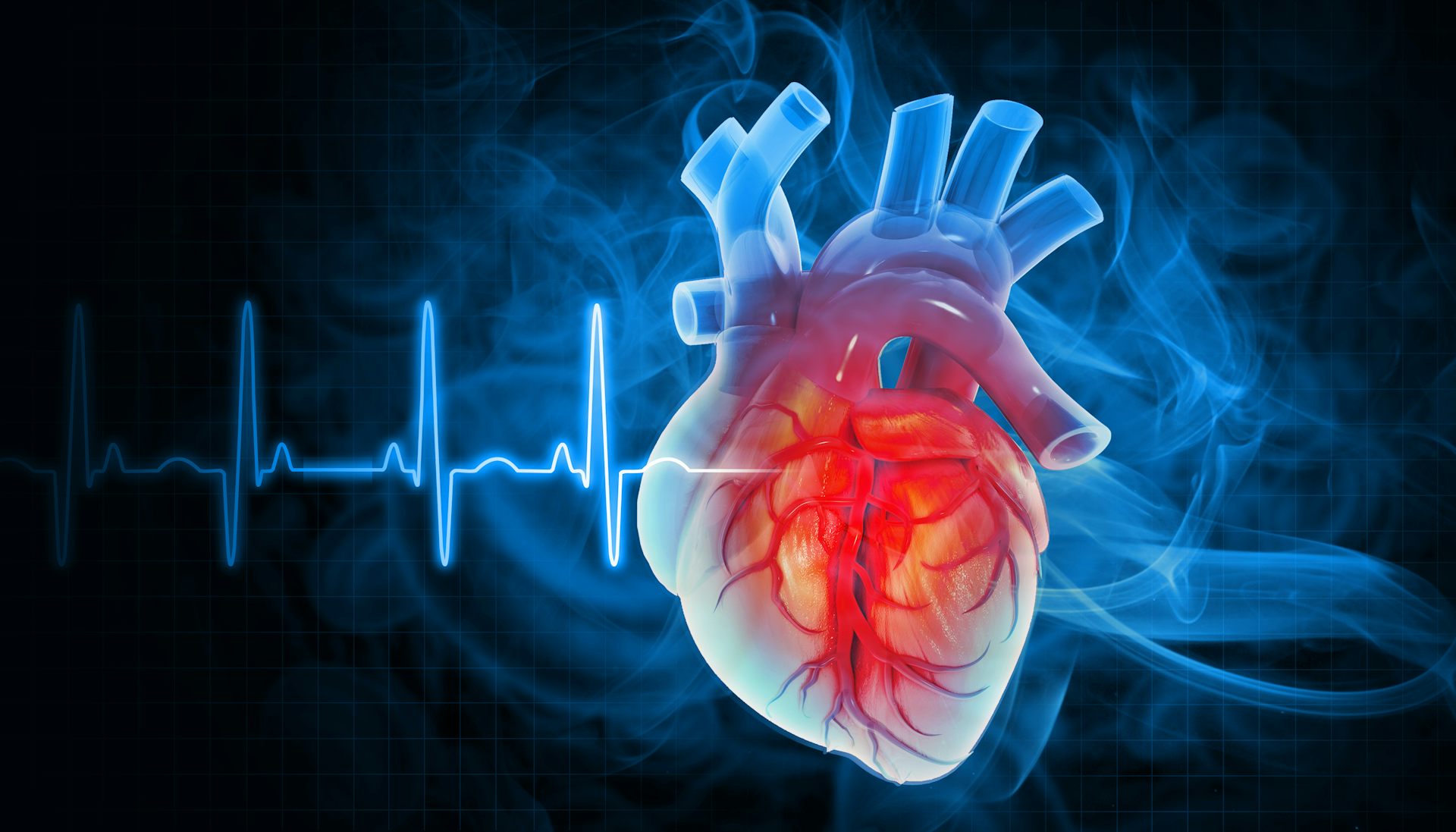American generosity after disasters: 4 questions answered
Donations to relief efforts from corporations and celebrities may get the most attention, but they are exceptions.

Editor’s note: After 9/11, Americans responded with the kind of outpouring of generosity usually reserved for the most powerful hurricanes and earthquakes. Ever since those terrorist attacks, the Indiana University Lilly Family School of Philanthropy has tracked donations from people, businesses and foundations after natural and man-made disasters. Here are some of the highlights of what they’ve learned.
How quickly do donations roll in?
Most Americans who donate to support disaster relief act quickly. They give to charities that can help with relief efforts when they see photos and video clips that capture the fury of the storms and the devastation wrought by hurricanes and earthquakes.
Americans typically make these donations within six weeks of a big disaster, when media coverage is the most intense. Their contributions usually slow to a crawl six months later, once the cameras stop rolling and news cycle moves on.
Giving after Hurricane Katrina marked an exception to this rule. Total donations for relief efforts after that storm almost doubled from the second month to the sixth month, rising from US$2.2 billion to almost $3.7 billion.
How much do Americans give after disasters?
While massive donations from celebrities get the most attention, most of these contributions are small and from people you’ve never heard of. Almost half of Americans reported giving money to charities for disaster relief after Katrina and almost three-fourths donated after 9/11, we found.
The typical, or median, gift following both emergencies was $50 per household, and few households donated more than $100, according to data we analyzed from the Conference Board, a business research group.
Major disaster-relief initiatives from corporations and prominent Americans, however, do make headlines. In some cases, they are designed to inspire mass philanthropy. Consider these examples announced shortly after Harvey made landfall:
- Verizon promised to contribute $10 million.
- Dozens of other companies pledged $1 million or more for relief efforts.
- Actress and filmmaker Sandra Bullock said she would donate $1 million to the American Red Cross, as she has for prior disasters.
- NFL star J.J. Watt crowd-funded more than $31 million by September 10, including million-dollar gifts from talk show hosts Ellen DeGeneres and Jimmy Fallon and a $5 million pledge from Charles Butt, the owner of the HEB supermarket chain.
- All five living former U.S. presidents launched the One America Appeal to raise relief money after Harvey, expanding it soon after to include Irma aid.
What kind of people give?
To learn more about who gives to relief efforts, we studied the demographics of people who made donations to charities that raised money to support victims of the 9/11 attacks.
We found that older people were more likely to contribute. For each additional year of age, individuals were 3.4 percent more likely to donate for 9/11 relief, regardless of their income, education and marital status.
Households with higher incomes tended to give more than lower-income families. For example, households earning $80,000 or more gave an average of $242 to cover 9/11 relief efforts, more than three times that of households earning $40,000 or less.
We detected few other statistically significant differences among donors. That is, Americans gave the same way whether they were men or women, white, black, Latino, Asian-American or Native American, if they were high school dropouts or had graduate degrees, if they had young children, grown children or no kids at all.
Still, religious people, those with at least some college education and families with college students were more likely to donate and to volunteer than everyone else. Those with more education and higher incomes were significantly more likely to donate blood, food or clothing – but not more likely to give money.
We also found that men were significantly less likely to donate in-kind items than women.
How much do Americans donate for big relief efforts?
Americans often give on a big scale to major relief efforts within our borders and abroad.
Within six months of the emergencies that arose from Hurricane Katrina in August 2005, U.S. donors wrote checks totaling $4.2 billion, which we believe is the highest total ever. They gave $2.6 billion after 9/11 victims, $1.8 billion after the 2004 Indian Ocean tsunami and $1.5 billion following Haiti’s 2010 earthquake, the three other largest waves of donations since 2001.
Significant but smaller sums were raised after the earthquake and tsunami that rocked Japan in 2011 and after Superstorm Sandy.
It is too soon to say how much Americans will donate to support relief efforts after Hurricanes Harvey and Irma and other recent disasters. But whether they’re large or small, these donations are extraordinarily generous and generally altruistic. They help strangers without expecting anything in return.
The author and his employer, the Indiana University Lilly Family School of Philanthropy have received funding from scores of foundations, individual donors, and nonprofits. None of these are cited by name in this article nor have any provided any support related to this article. The author has also served or currently serves on many nonprofit boards and advisory committees. None are affiliated with this essay.
Read These Next
From truce in the trenches to cocktails at the consulate: How Christmas diplomacy seeks to exploit s
World leaders like to talk up peace at Christmastime. But alongside the tales of seasonal breaks in…
As DOJ begins to release Epstein files, his many victims deserve more attention than the powerful me
Powerful men connected to Jeffrey Epstein are named, dissected and speculated about. The survivors,…
How to reduce gift-giving stress with your kids – a child psychologist’s tips for making magic and a
Depending on family circumstances and a child’s personality type, gift giving runs the gamut of fun…






